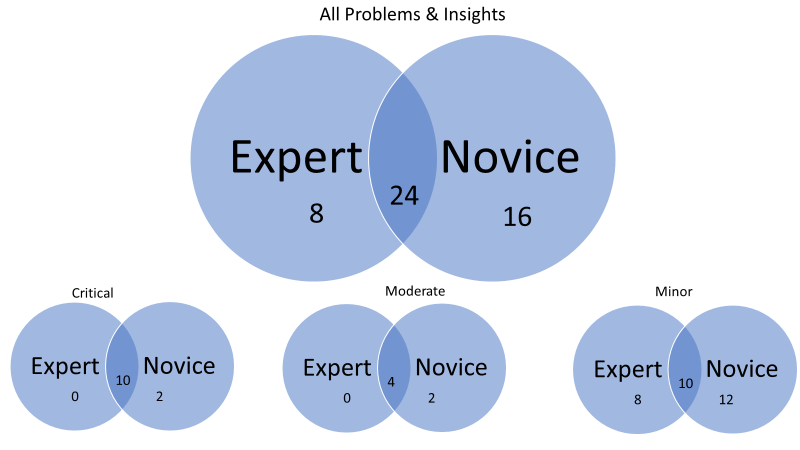
I have and always will be an avid supporter of the design thinking methodology. I have held talks and workshops about Design Thinking & Lean UX on adapting the methodology in our work. There is nothing wrong with the methodology itself; however the past few years have irritated me insanely as I have witnessed the process be quite abused in practice. Our industry has ended up creating many mediocre and expensive design solutions as a result. I recently attended a Finn Tech conference in London where almost every app looked the same. There was extremely little uniqueness and differentiation from over 100 services. The same “copycat” trends and standardization seem to be everywhere.
I saw Natasha Jen, Partner/ Designer at Pentagram, talk about why Design Thinking is bullshit and I completely resonate with her frustrations. Fredrik Matheson from IxDA Oslo and Lene Renneflott from Grafill have taken up the issue as well with their chronicle The Emperor’s new designer clothing (in Norwegian). They address the strengths with Design Thinking and talk about why the awakening of design in organizations is generally a good thing, of which I completely agree. However there is a darker force at hand and I do want to share the perspective I have attained over the past few years, on why Design Thinking might be doing more harm than good.
What’s going on?
As designers we want to grow and learn from other talented creatives, push boundaries and practice our skill. However the reality is that Design Thinking has encouraged the democratization of design where a solo creative is often mixed in with employees and clients that have very little experience with design in a fast-paced and multi-tasking environment. We are creating environments that deteriorates a creative’s skills when we should be enhancing the practice of critical problem solving, combined with imagination and elegant execution through design, implementation and testing. Our expectations should be pushed to want more, however we often settle at “this is good enough”.
Graphic design, motion and emotional design is usually an undervalued ingredient that gets cut short time and time again in Design Thinking, as most of the process gets spent on functional needs. The irony is that graphic design is extremely vital to success and getting that unique position in the market.
The downfall of co-design and collaboration in Design Thinking
Design thinking can basically be summed up by: collaboration, insight, problem solving, building and testing. This generally can be assumed to be a great process. Co-design and collaboration is a highly valued strength where several experts work together to ideate and iterate. The problem however is that critical problem-solving and design skills seem to evaporate when there are too many team-members and/or stakeholders involved in the process. Co-design with many stakeholders also takes a lot of time. Once a team thinks they have discovered gold together, they are only at the tip of the iceberg — but they often rush into the development without further maturity. At this point, many development phases are also cut dry and production is rushed.
Co-design and group brainstorms often fail because our minds are limited to the knowledge we know at that point.
A conceptual workshop lasts usually between a few hours to a day, but the deep work has only started and needs maturity and testing. It is first now that the real ideation and exploration phase begins with dedicated practitioners that are able to explore and share insight from several sources, building off of each other and their expertise. The deeper the exploration through design, development and testing with an intimate team of creatives, the greater the chances become for a unique product-market fit and incredible experience.
The main source of the problem
Design Thinking often involves huge teams of stakeholders that want to be immersed and included in the whole design and development process. The creatives have to spend a great amount of time involving their team in the process, which can greatly take away from the actual design and production work.
Teams are also often satisfied with discovering the tip of the iceberg. So much time and money has already been used up in the discovery and ideation phase, that we find ourselves rushed to create mediocre solutions. This over time can be a killer in motivation for any creative trying to establish a sense of meaning to their work.
Designers and creatives are only as good as the team they are surrounded by. If a talented designer has to spend 80% of their time teaching others or constantly explaining every decision in a rational way to stakeholders — they might not be such a talented creative in a few years. Their craft deteriorates.
I have witnessed to many unexperienced designers left with the client and their team alone without any experienced mentors, having to spend days doing non-design work. The art of problem-solving, thinking outside of the box and craftsmanship is dying in certain areas of the digital arena.
Design Thinking is a methodology that sells innovation and mind-blowing discoveries but the truth is that we are training designers and non-designers to be happy with half-ass work that uses a lot of time and money.
Great design solutions take time, deep flow and a dedicated team of creatives constantly pushing each other. Exploration and testing while ideas are maturing are crucial. The creative culture and bond is important to increase motivation and a sense of meaning.
An alternative approach to Design Thinking that balances the traditional design process with collaboration
We need to turn up the volume of the “black room” ideation and design process where skilled practitioners are trusted to develop their ideas, combined with a healthy balance of collaboration and iteration. New ideation is vital. We need to break out of what people expect, and surprise them with something much better. Innovation happens with deep problem solving and design skills that are allowed time, talent, testing and iteration to mature.
What I propose should be happening, and what I believe the best agencies still do, is practice trust by letting a team of experts become devoted and deeply committed to the concept and development. This team includes experts in communication, interaction design, graphic design and creative development with a project manager/ product owner that can filter away any distractions. The client and team should trust the experienced practitioners and creatives to take the insight and go further. Stakes and expectations should be raised. The team of experts should continue to collaborate with others, but only in-between flow-sessions. Brilliant execution craves deep flow and creative juices.
The more a team of talented creatives are left to work on their trade, the more likely the outcome will turn out to be a great solution, for the same price or less. The difference is that they have spent less time rationalizing every decision to involved stakeholders.
The right skills with the right environment
Problem solving and design are vital skills we should be enhancing, not deteriorating. They take years of practice and maturity to master. Creatives should be pushed to practice the art of exploration and simplification into clear and unique concepts, followed by the ability to break these down into details with beautiful execution.
One’s talent is only as good as their environmental pressures. Putting creatives into the wrong environment will get you mediocre results. We need to push boundaries in explorative environments where creatives are trusted to pursue their craft together.
A great design process involves experience, insight, imagination, simplification and brilliant execution through tested iterations. I believe the more we get back to basics and actually let skilled practitioners create, the more we are able to develop sophisticated and brilliant solutions for less than the cost of the mediocre solutions we see far to often today.

from Sidebar https://sidebar.io/out?url=https%3A%2F%2Fuxdesign.cc%2Fwhy-design-thinking-is-failing-and-what-we-should-be-doing-differently-c8842f843b44



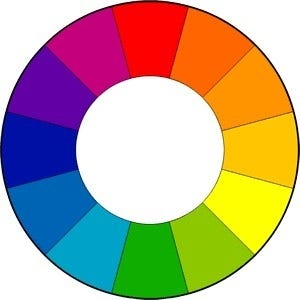
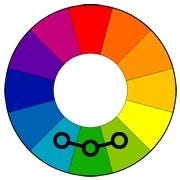








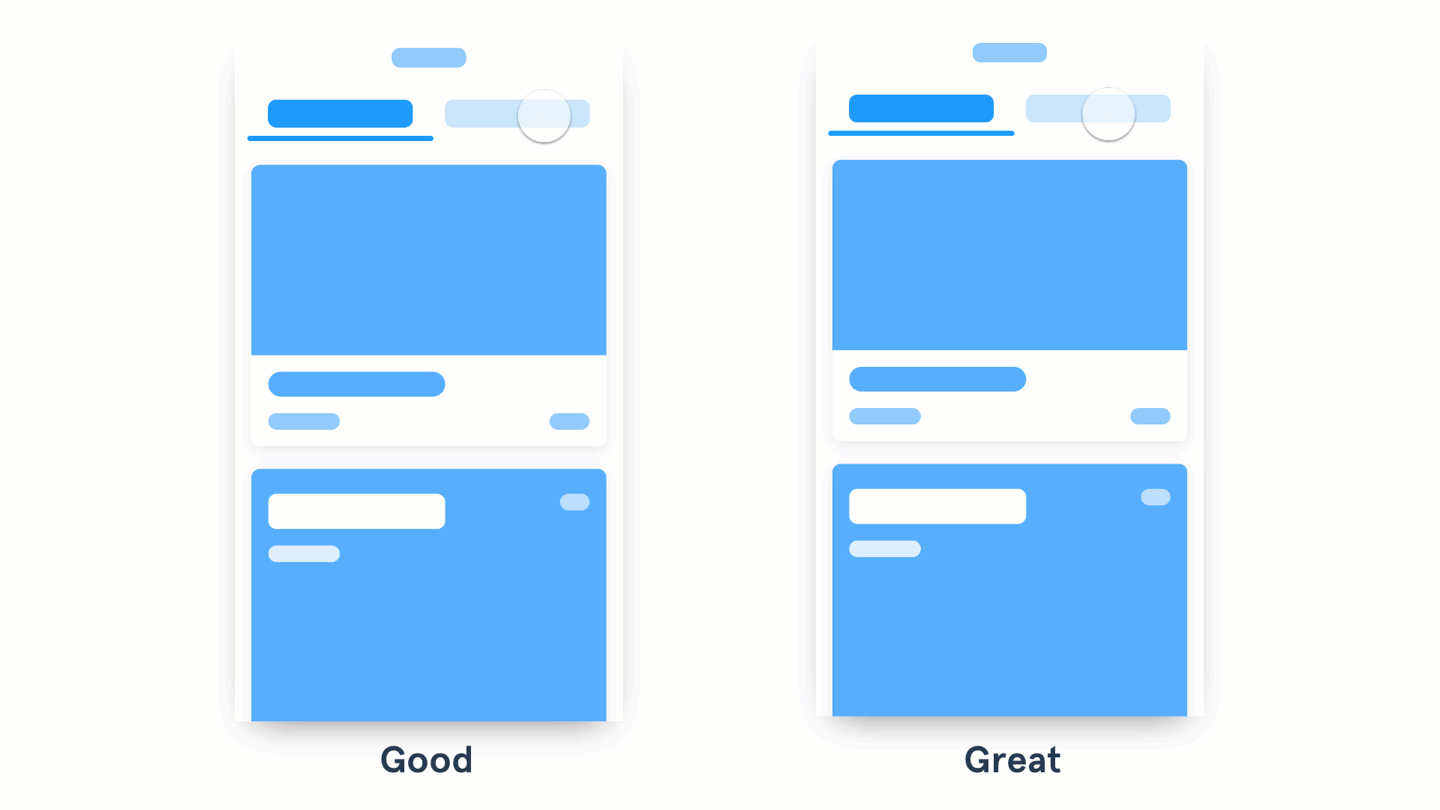
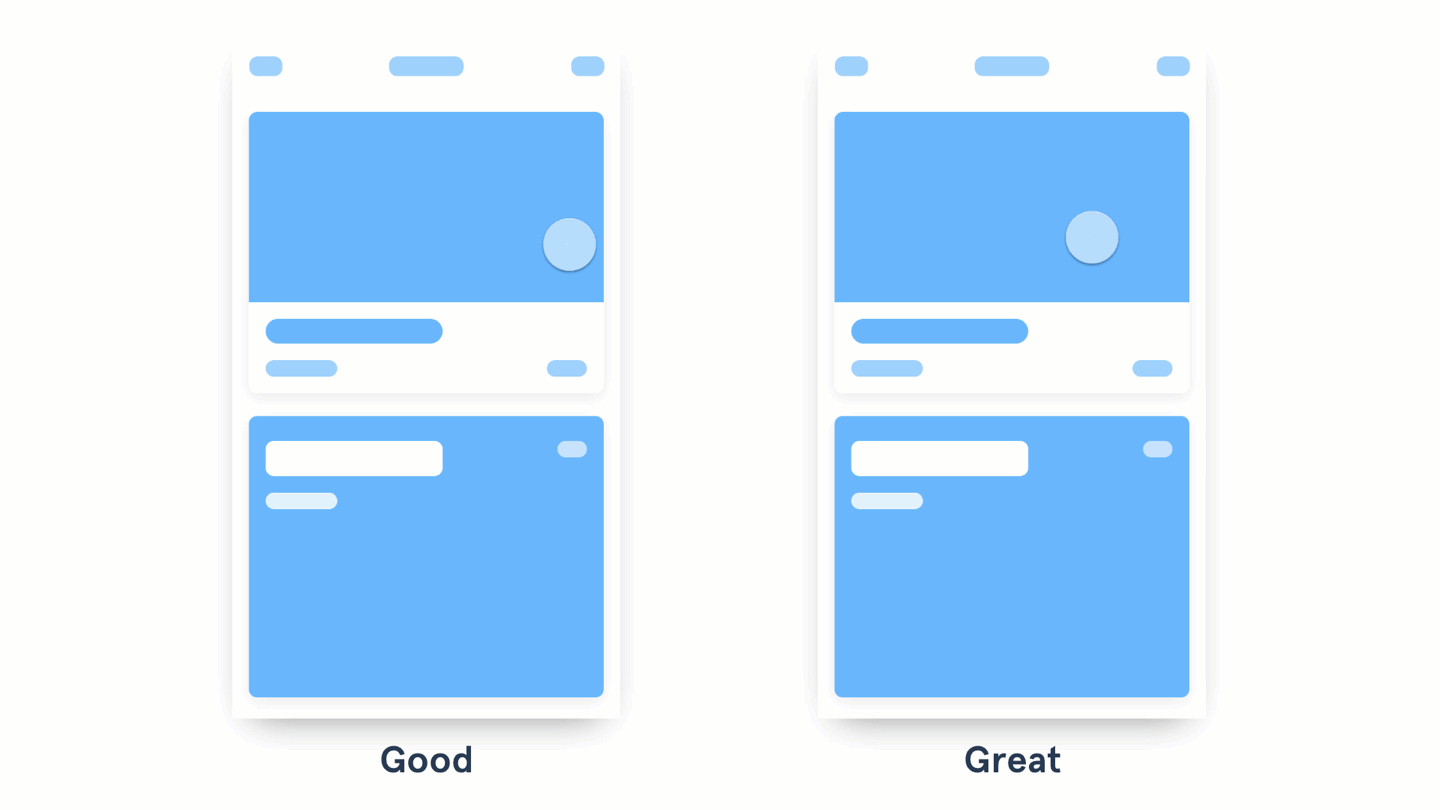
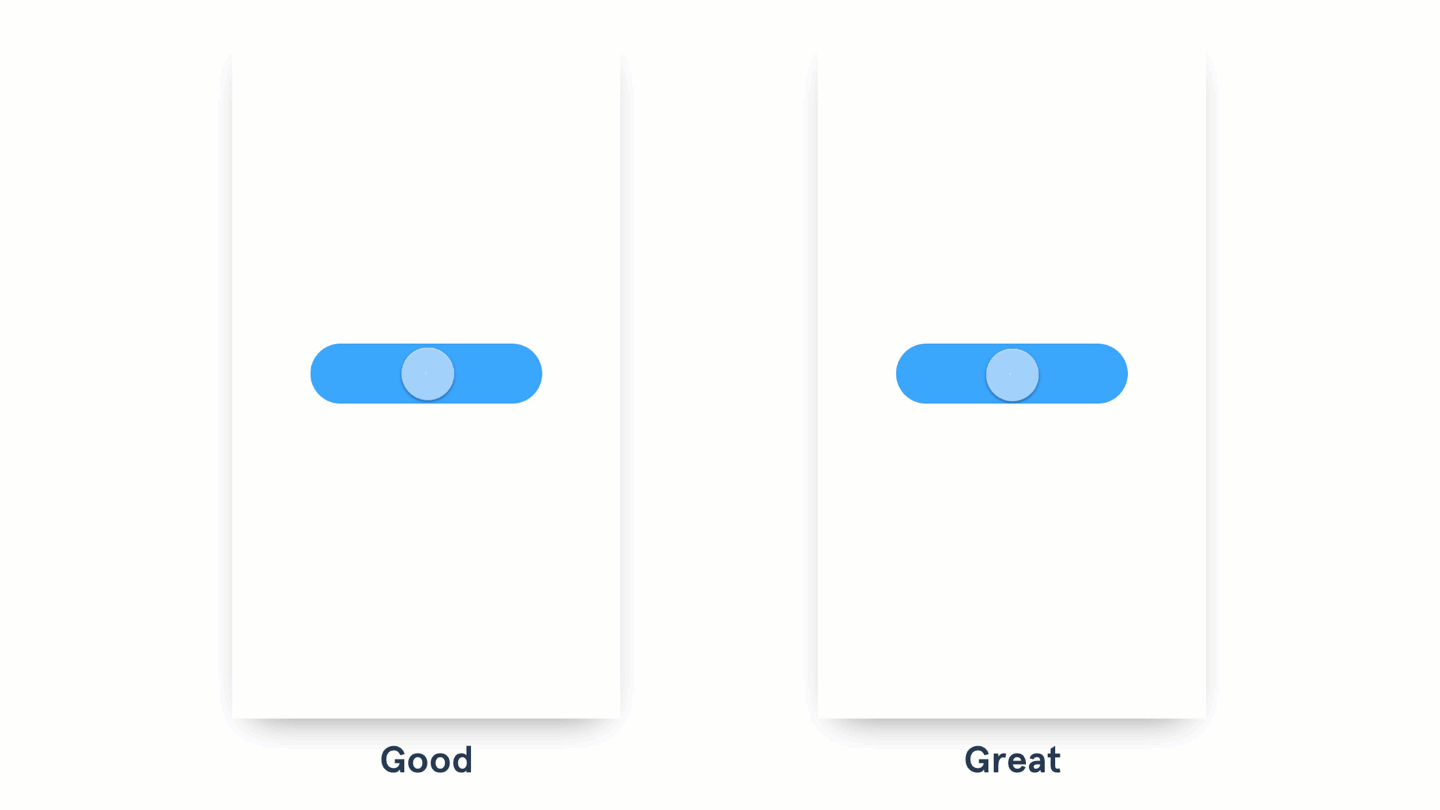
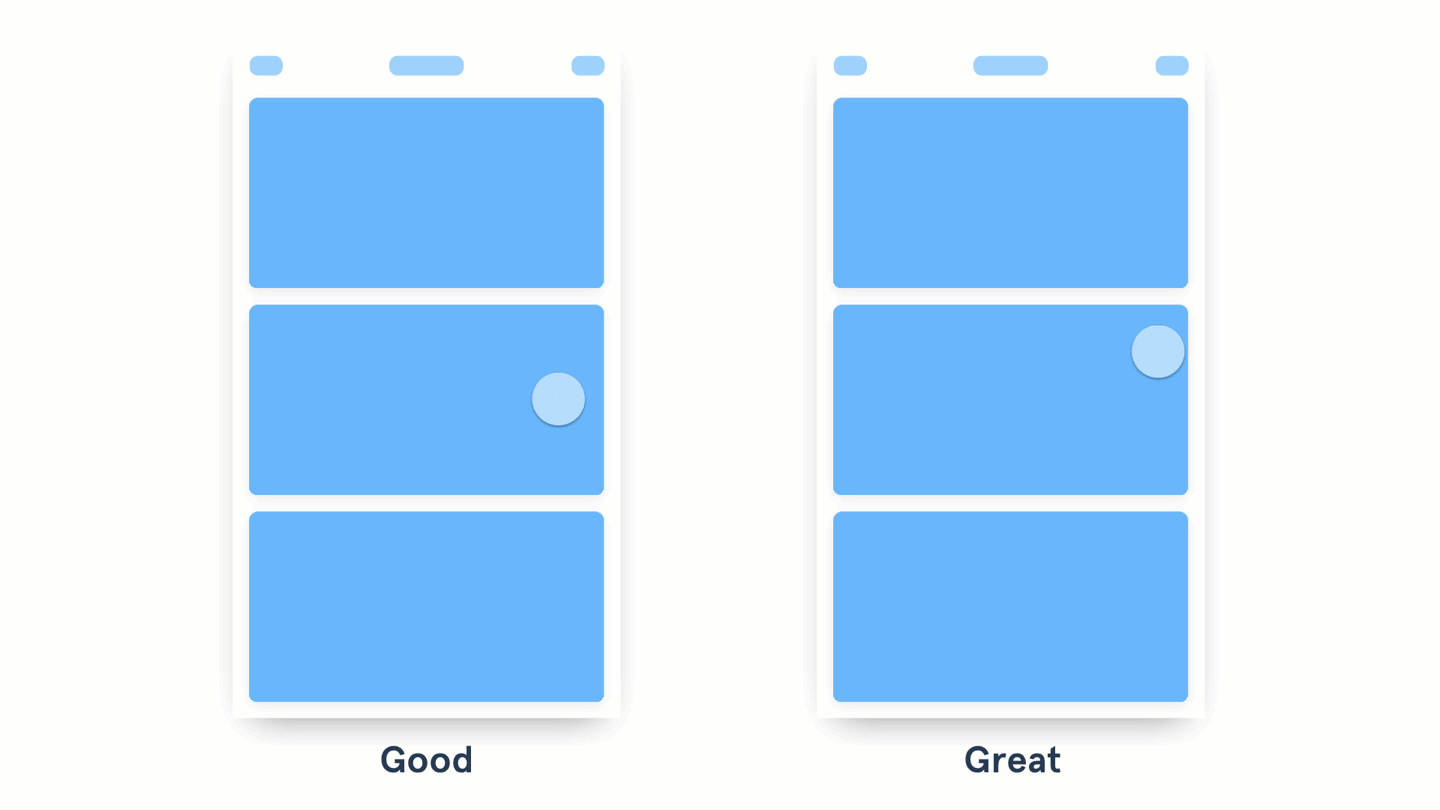
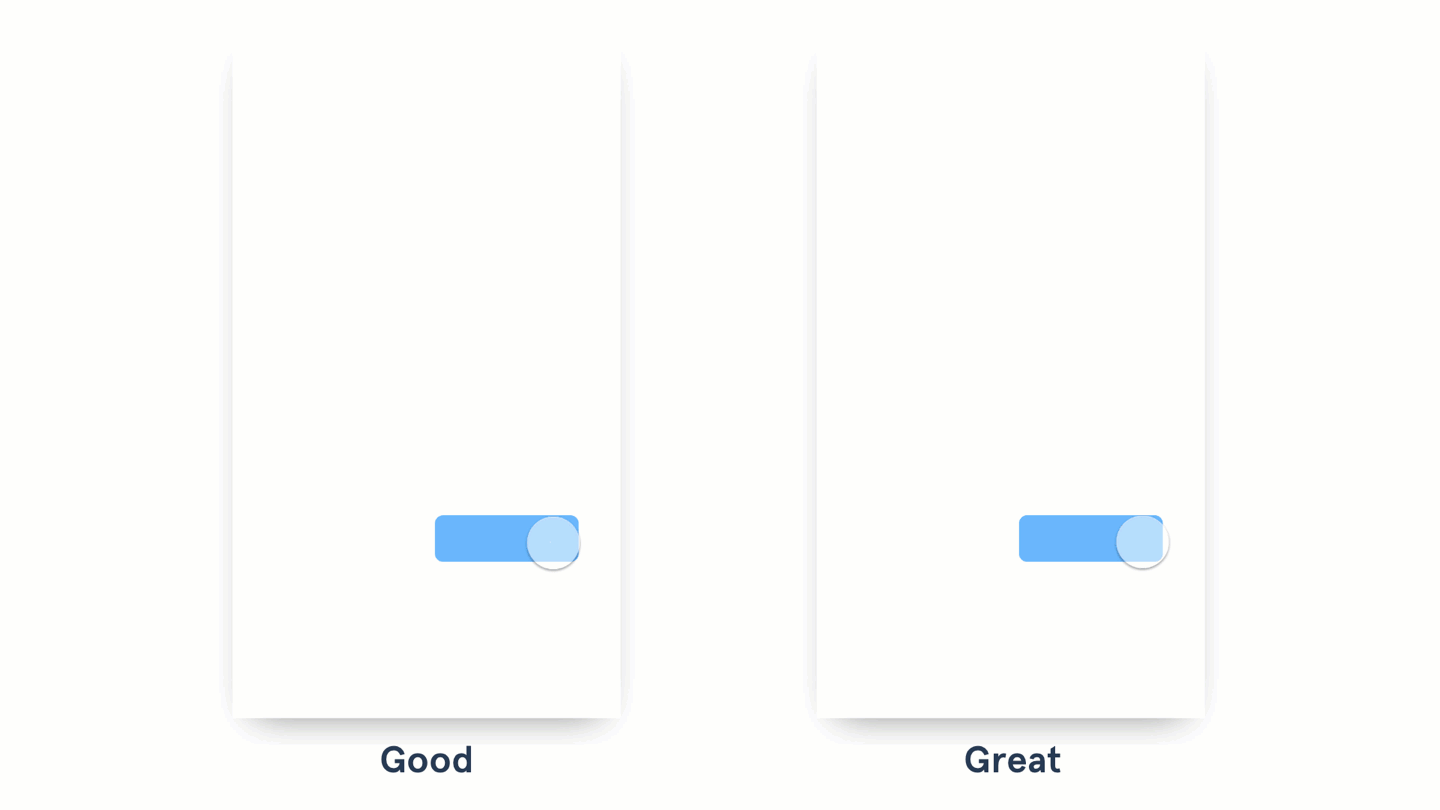
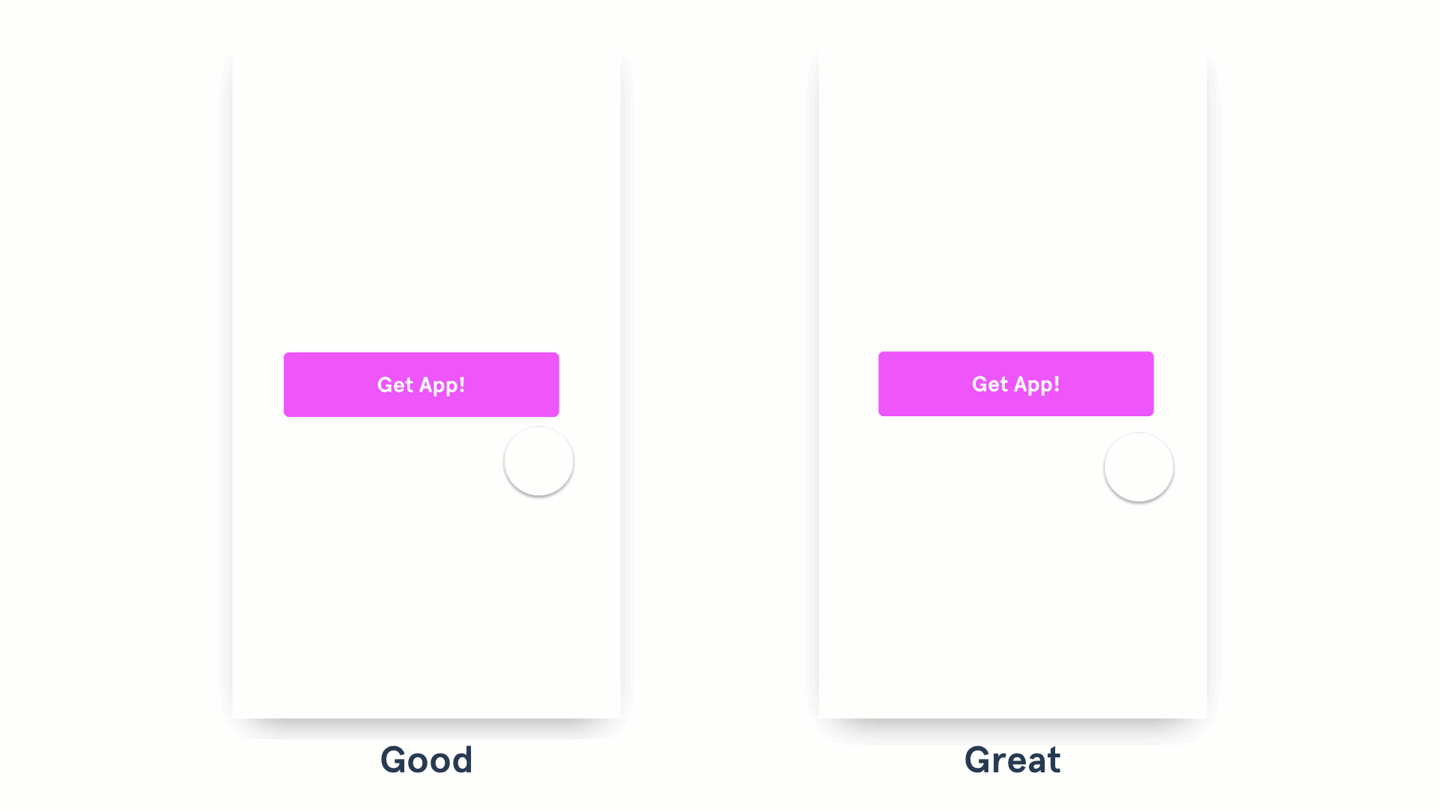
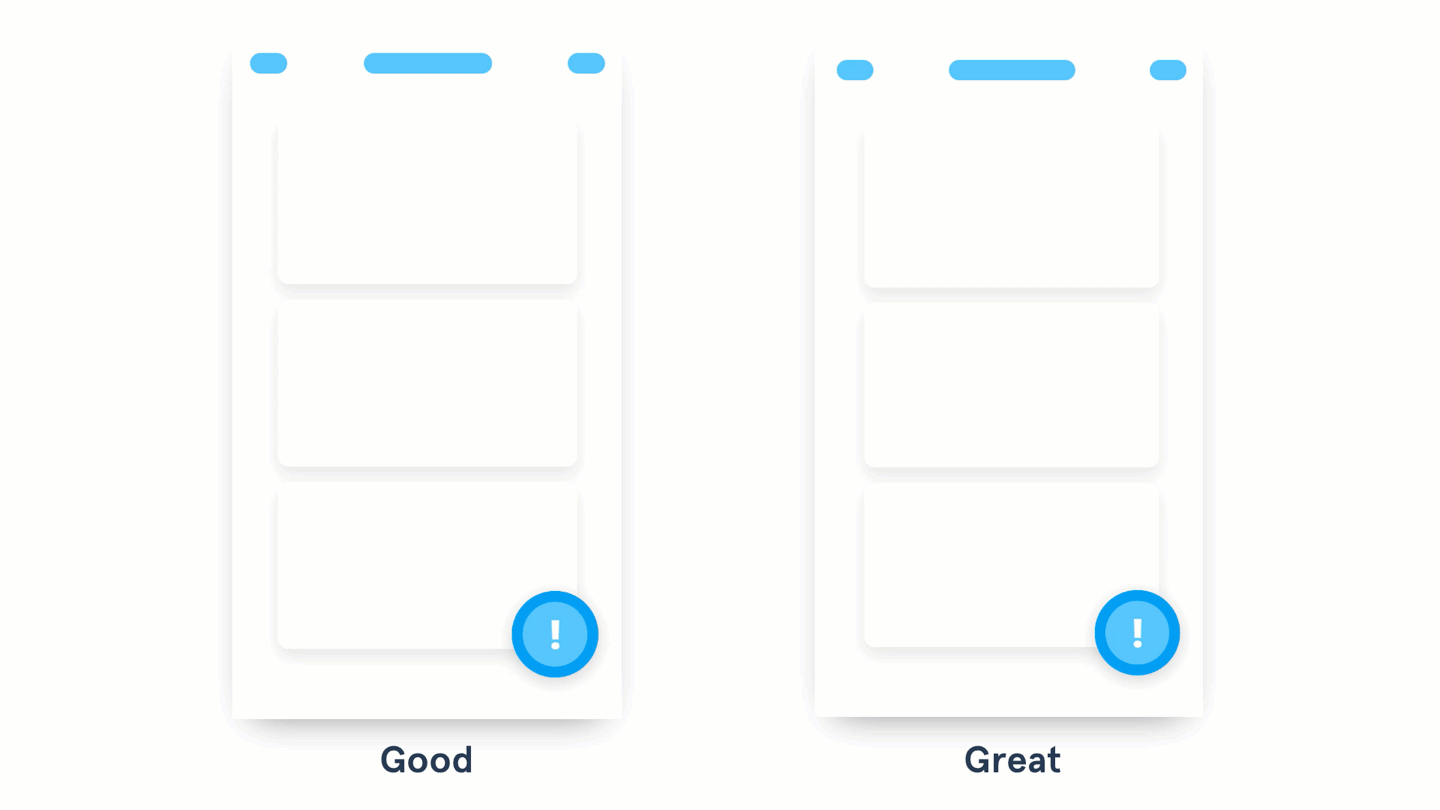


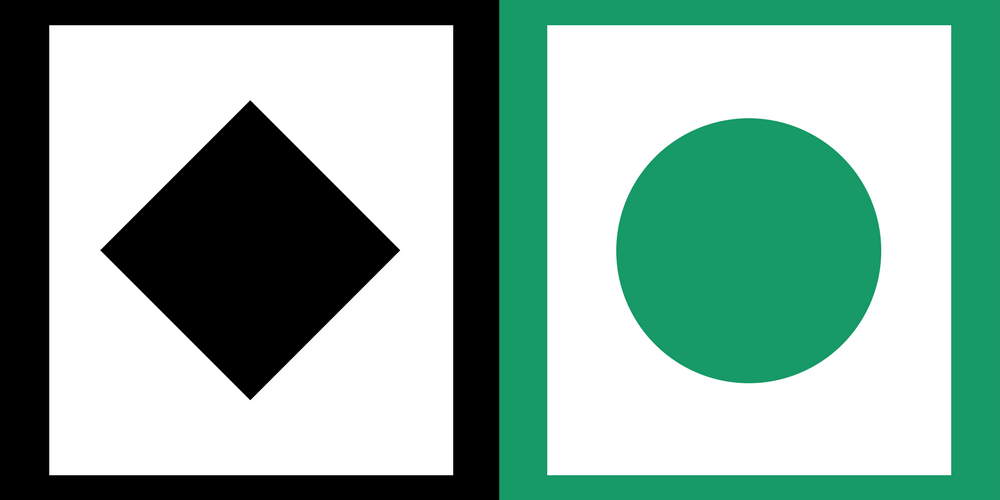 Finding and fixing problems encountered by participants through usability testing generally leads to a better user experience.
Finding and fixing problems encountered by participants through usability testing generally leads to a better user experience.